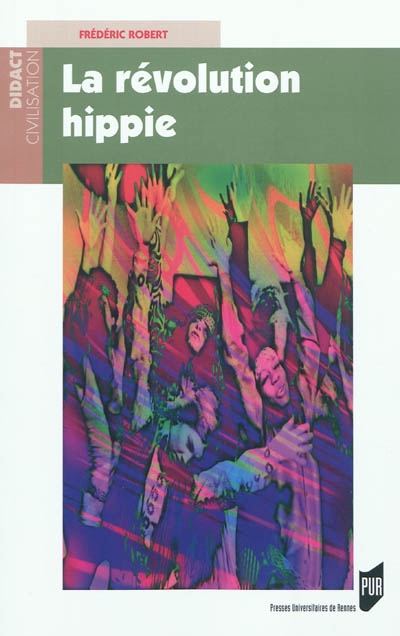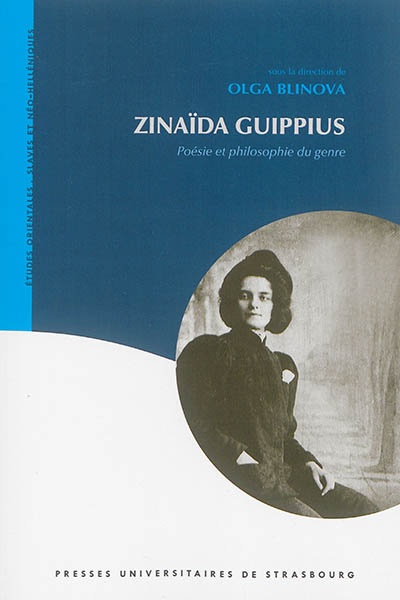par Owens, Bill (1938-....)
T. Adler Books
2019 -
-
Disponible - 973-84 ALT
Niveau 2 - Histoire
Résumé : The turbulent, iconic festival captured in previously unpublished images. Bill Owens: Altamont 1969 presents a new and previously unpublished series of photographs of the Rolling Stones’ infamous concert at the Altamont Speedway in California. The Altamont Speedway Free Festival has become an emblem of the upheavals and aftershocks of a decade of change. At Altamont, Owens captured a generation’s desire to stand up and raise its voices against the war in Vietnam, against segregation and racial discrimination, against authority in general. The lineup at Altamont featured the Stones, Jefferson Airplane, Carlos Santana and many others; Owens was hired by the Associated Press to cover what promised to be a huge rock concert. But when Owens arrived at the Altamont Speedway with “two Nikons, three lenses, thirteen rolls of film, a sandwich and a jar of water,” he witnessed one of the defining moments of the late ‘60s. At Altamont the utopian hopes and innocent conviviality of the 1960s gave way to tension and a deadly violence; as the Stones continued to play and much of the crowd remained oblivious, an 18-year-old African American boy named Meredith Hunter was killed by the Hells Angels hired as concert security. This book captures the festival’s agitational energy that manifested itself in slogans and billboards, sit-ins and demonstrations and concerts that were treated as collective rites. - Note de l'éditeur

 Les bibliothèques de prêt de la ville de Paris
Les bibliothèques de prêt de la ville de Paris
 Les bibliothèques universitaires
Les bibliothèques universitaires
 La BnF
La BnF
 L'encyclopédie Wikipédia
L'encyclopédie Wikipédia
 L'Encyclopædia Universalis
L'Encyclopædia Universalis
 La bibliothèque du film
La bibliothèque du film
 La bibliothèque du cinéma François Truffaut
La bibliothèque du cinéma François Truffaut
 La médiathèque musicale de Paris
La médiathèque musicale de Paris
 La médiathèque de la Philharmonie de Paris
La médiathèque de la Philharmonie de Paris














